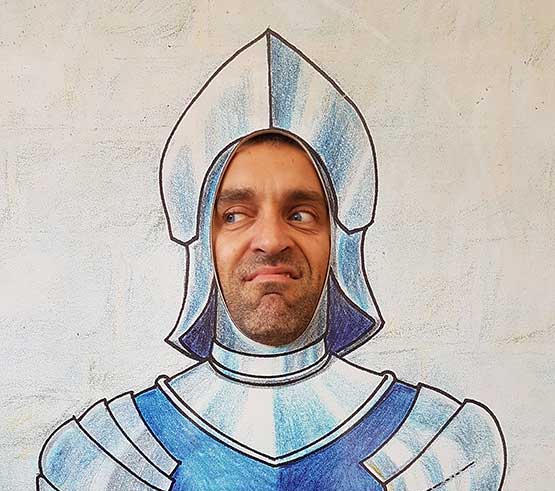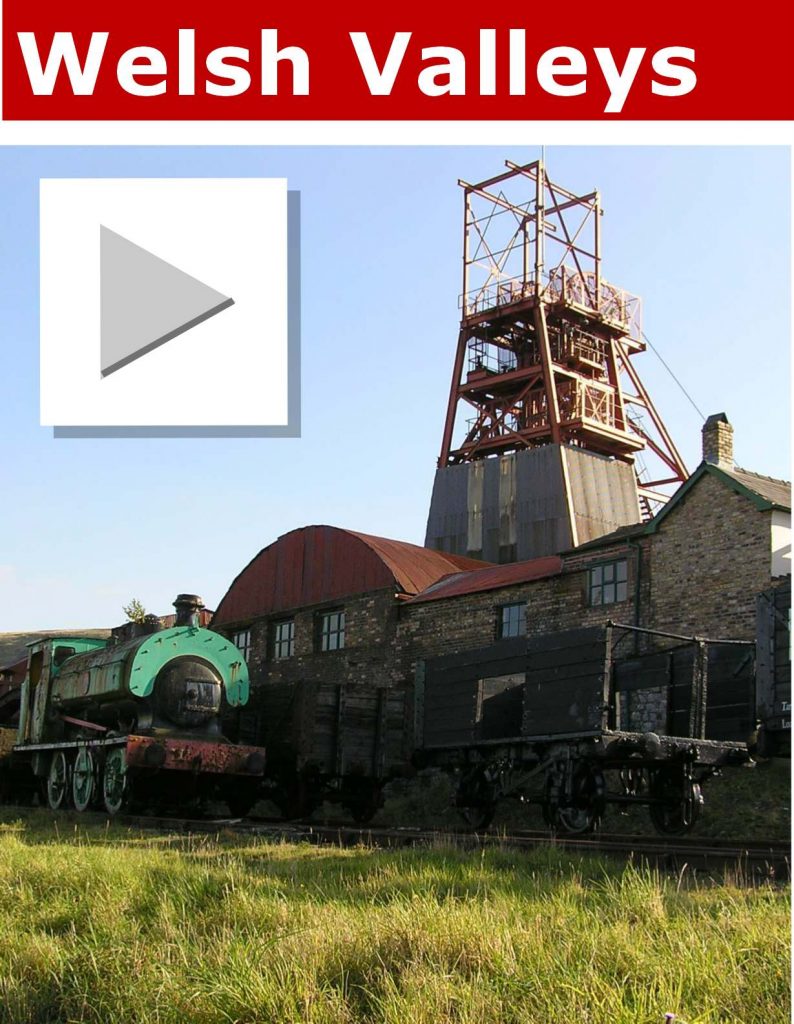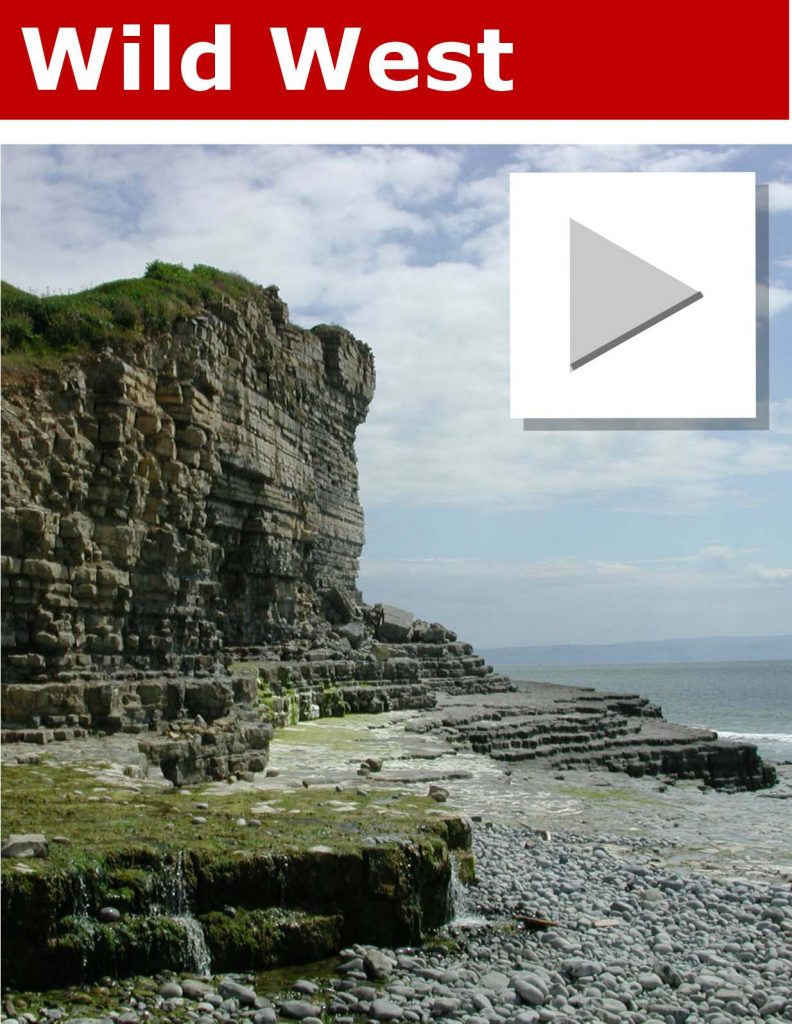When Prince Charles was preparing to for his investiture as the Prince of Wales in 1969, it was decided that he needed to get to know Wales, its people, its culture, and most importantly its language. It may sound obvious—after all the Queen’s eldest child was about to be invested as the country’s prince—but it was actually quite revolutionary.
Princes of Wales are not usually known for their knowledge of the principality, and historically the title is about deference to England rather than the power of Wales.
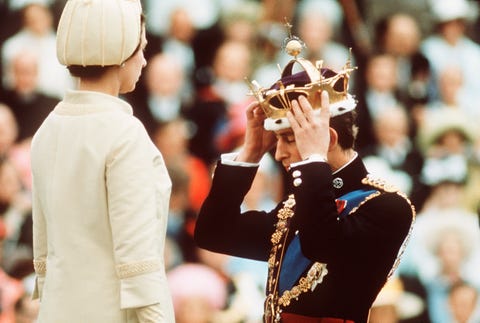
Prince Charles at his 1969 investiture at Caernarfon Castle in Wales.ANWAR HUSSEINGETTY IMAGES
It all began with England’s King Edward I, who made his 16-year-old son the very first English Prince of Wales in 1301 with an investiture at Caernarfon Castle. The sturdy, crenellated fortress, a symbol of might and power, was commissioned by the King after his conquest of Wales. His son, who went on to become King Edward II, was born there, and thus began the tradition of English kings giving their heir the title “Prince of Wales.”
Edward II, however, did not actually pass his Welsh title to his son, Edward III, but to his grandson, also called Edward and known as the Black Prince. He was created Prince of Wales at the age of 12 in 1343 at Westminster, and since then the title has been held by the eldest surviving son of most kings and queens of England.

A portrait of Edward, the Black Prince.CULTURE CLUBGETTY IMAGES
Giving the heir to the English throne the highest title Wales has to offer has understandably ruffled feathers in Wales, where, over the centuries, nationalism has frequently spilled over into a desire for self-determination and even independence from Westminster rule.
Adding insult to injury was the blatant lack of interest that many English royals showed for the region. While princes of Wales in medieval and renaissance times usually resided, at least for a while, in Wale before becoming king, there were eight princes of Wales in the 17th and 18th centuries who didn’t set foot in Wales at all.
Queen Elizabeth announced her intention to make Charles Prince of Wales in 1958, when he was just nine years old. At the time, the idea was greeted with excitement by the Welsh people, who felt having the Heir Apparent in their camp would be a wonderful thing.ADVERTISEMENT – CONTINUE READING BELOW

A scene of Caernarfon Castle during Prince Charles’s investiture ceremony in 1969.FOX PHOTOSGETTY IMAGES
Eleven years later, sentiments had changed. Wonder had been replaced by irritation and followed by contempt. Buckingham Palace, together with the then-Labour government, decided that Prince Charles needed to acquaint himself with Wales. He was pulled out of his ivory tower (he was studying at Cambridge University) for a term to attend Aberystwyth University and be tutored in all things Welsh, including the language.
His mentor was Edward Millward, an eminent academic who also happened to be a Welsh nationalist active in the Plaid Cymru party (the political party of Wales which advocates home rule). It was a bold move, and in many ways Charles was being thrown to the lions.
When the Prince arrived in Wales the opposition was obvious. He was greeted by protestors holding signs in Welsh that read “Charlie, go home.” But he wasn’t deterred, and thanks to a lot of hard work and a genuine affection for the country, Charles won over his critics. He gave Welsh speeches at the university, and the 1969 investiture was followed by a week-long tour of Wales.
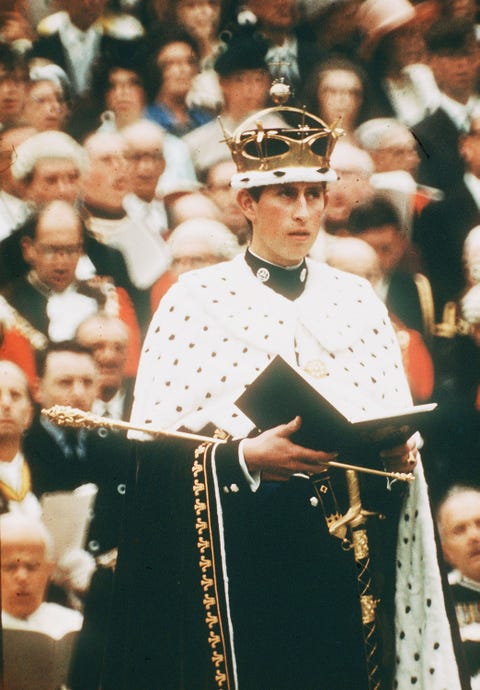
Prince Charles during his investiture ceremony in 1969.ANWAR HUSSEINGETTY IMAGESADVERTISEMENT – CONTINUE READING BELOW
Although the investiture ceremony may appear to be steeped in history and tradition, it had been refashioned for Prince Charles with television coverage in mind. In 1969, it was thought that a show of royal pomp and ritual would quell the rumblings of Welsh nationalism.
The proceedings drew heavily on the 1911 ceremony during which the future King Edward VIII (the future Duke of Windsor) was invested at Caernarfon Castle at the age of 17. The media-savvy updates were the work of the Earl of Snowdon, society photographer and the then husband of the Queen’s sister Princess Margaret, who was himself half Welsh.
This was to be a spectacle that would be broadcast around the world. A new coronet and elaborate robes and regalia were designed and in a piece of glorious royal theatre, Charles pledged his allegiance to the Queen, stating: “I, Charles, Prince of Wales do become your liege man of life and limb.”
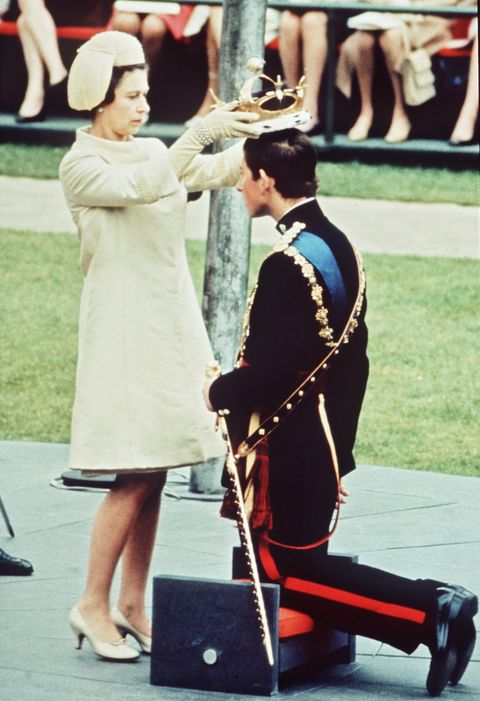
The Queen and Prince Charles on July 1, 1969 in Caernarfon Castle in Wales.ANWAR HUSSEINGETTY IMAGES
On the eve of the spectacle, two men were killed placing a bomb outside government offices in the Welsh town of Abergele, but on the day of the ceremony, everything went according to plan. Four thousand people watched from the grounds of Caernarfon Castle, along with thousands more outside the ancient walls and millions tuning in on television.
Charles remembers the day as a tremendously important one. “For me, by far the most moving and meaningful moment came when I put my hands between Mummy’s and swore to be her liege man of life and limb and to live and die against all manner of folks—such magnificent medieval, appropriate words, even if they were never adhered to in those old days,” he said afterwards.
Since then, Prince Charles has taken the title very seriously. He purchased a home in Wales—Llwynywermod—and devotes a week each year for a tour of Wales in addition to other regular visits. He is a dedicated advocate of Welsh issues, especially those relating to the environment, and through his Prince’s Trust charity has helped many struggling Welsh young people.
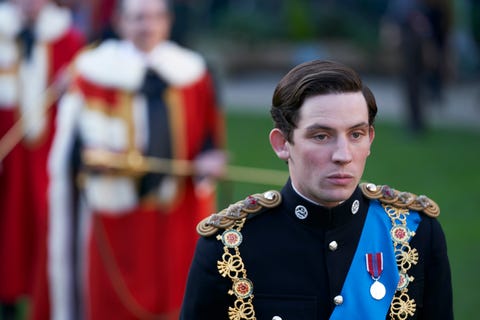
Josh O’Connor as Prince Charles in Season 3 of ’The Crown.’COURTESY OF NETFLIX
Despite the wealth of traditions, there is no automatic succession to the title, so a male Heir Apparent has to be created Prince of Wales by the Sovereign. However, if Prince Charles does become King, it is highly likely that Prince William will become Prince of Wales and Catherine made Princess of Wales, the title famously held by William’s mother Diana.
Prince William and Kate already have strong connections to Wales, since they lived on the island of Anglesey when William worked as an RAF search and rescue pilot. Their history will likely make them popular appointments. And while it is unlikely they will move there full time, Welsh people can certainly expect to see more of the royal duo.
Whether there will be another lavish investment ceremony remains to be seen.

